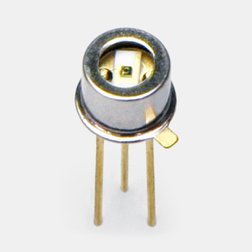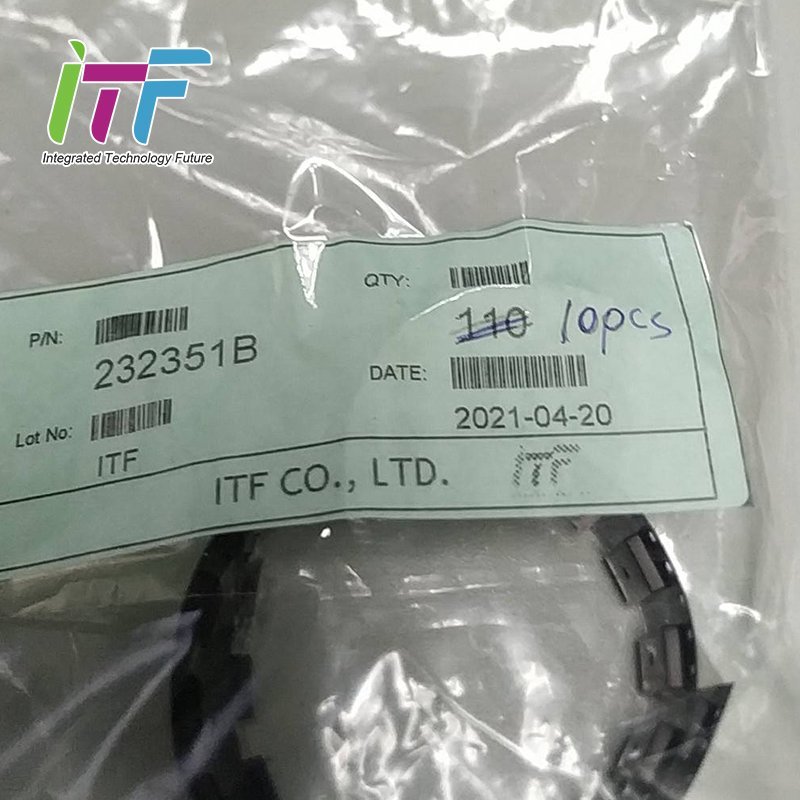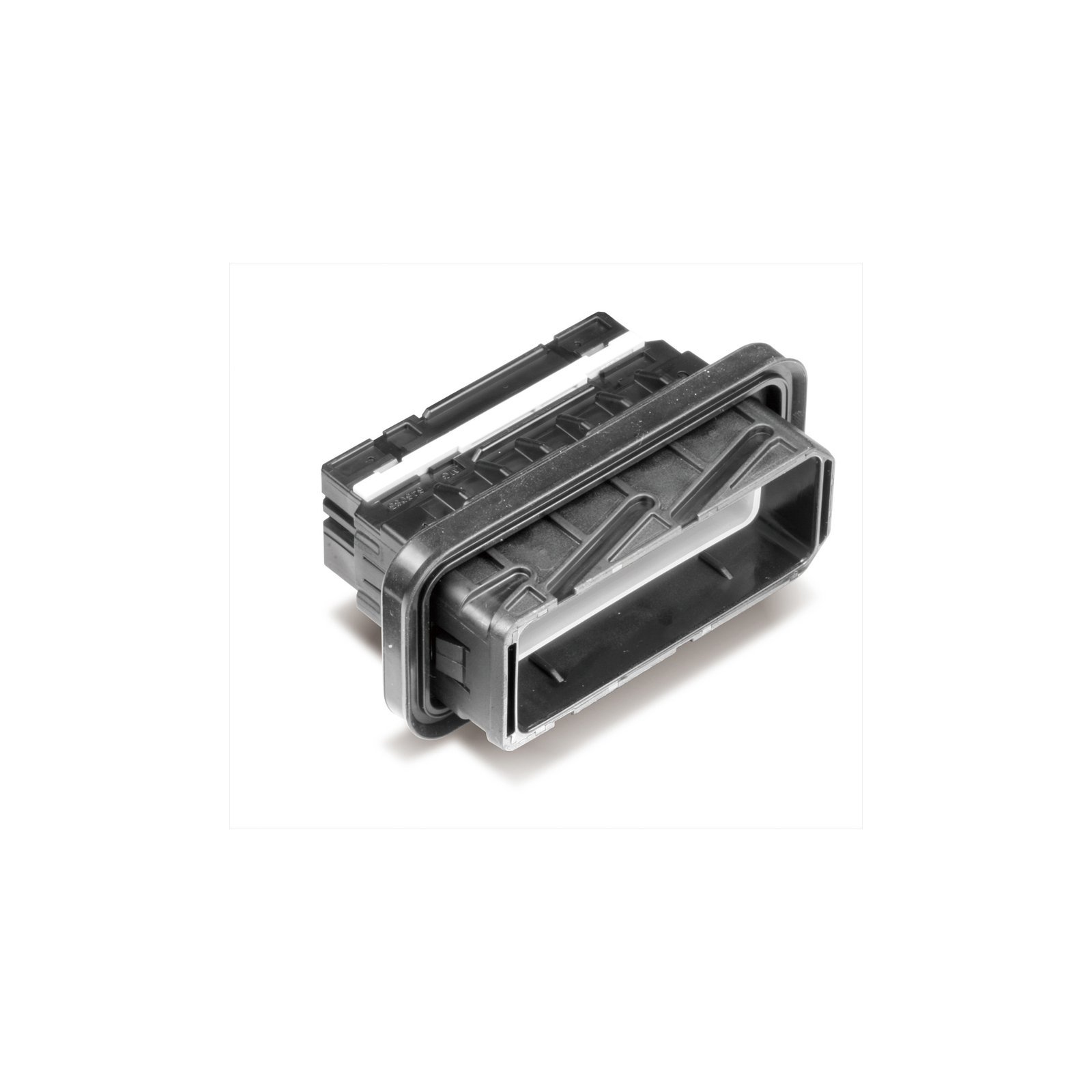If you’ve ever marveled at the compact yet powerful electronic devices we use daily, you might not be aware of the tiny marvels that make them tick. These marvels are integrated circuits (ICs), often referred to as microchips or simply “chips.” They are the brains behind our gadgets, responsible for processing data and enabling our devices to function as intended. But what protects and encapsulates these ICs, ensuring they perform reliably in various applications? That’s where IC packaging comes into play. In this article, I’ll delve into the world of IC packaging and explore the following IC packaging types that safeguard these electronic powerhouses:
- Dual In-Line Package (DIP)
- Surface-Mount Device(SMD) or SMT
- Chip-on-Board (COB)
- Quad Flat Package (QFP)
- Ball Grid Array (BGA)
- Quad Flat No-Leads (QFN)
Unveiling IC Packaging
Before we dive into the nuances of IC packaging, it’s essential to understand what ICs are and why packaging is crucial. Integrated circuits are tiny, intricate assemblies of electronic components, such as transistors, diodes, and resistors, embedded onto a semiconductor material like silicon. These components are incredibly fragile and susceptible to environmental factors. IC packaging is the process of enclosing these delicate components in protective cases, ensuring they can function optimally while shielding them from harm.
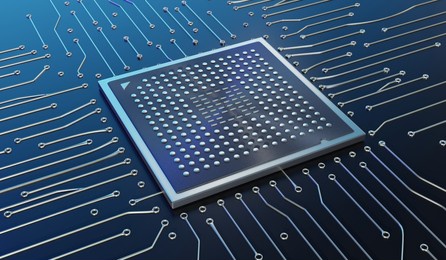
Why IC Packaging Is Vital
IC packaging serves several vital purposes:
Protection: The primary function of packaging is to shield the delicate components of an IC from moisture, contaminants, and physical damage. This protection extends the lifespan of the IC.
Interconnection: Packaging provides a means to connect the IC to the outside world through pins, leads, or balls. These connections enable the IC to interface with other electronic components on a circuit board.
Thermal Management: Some IC packaging types come with thermal management features like heat sinks or exposed pads to dissipate heat generated during operation. Efficient heat dissipation ensures the IC operates within its specified temperature range.
Size and Form Factor: IC packaging also plays a role in determining the overall size and shape of the IC, making it compatible with specific applications and circuit board layouts.
Type of IC Packaging
- Dual In-Line Package (DIP)
DIP is a classic IC packaging type characterized by its two parallel rows of connecting pins, making it suitable for through-hole mounting on PCBs. DIP packages are widely used in various applications, from consumer electronics to industrial equipment.
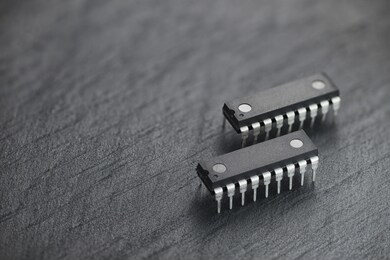
- Surface-Mount Device (SMD) or SMT
SMT packaging has become increasingly popular due to its compact design and suitability for automated assembly. SMT ICs don’t have protruding pins but feature small metal pads that directly connect to the PCB’s surface.
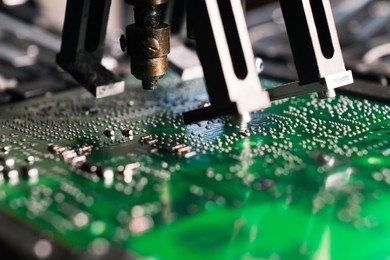
- Chip-on-Board (COB)
COB is a packaging method where the IC die is directly mounted on the circuit board. Wire bonding connects the die to the board, and a protective epoxy resin is applied over the assembly. This type is commonly found in applications where size and cost are critical factors.
- Quad Flat Package (QFP)
QFP is a compact square or rectangular package with leads extending from all four sides. It’s suitable for applications that require a balance between compact size and ease of manufacturing.
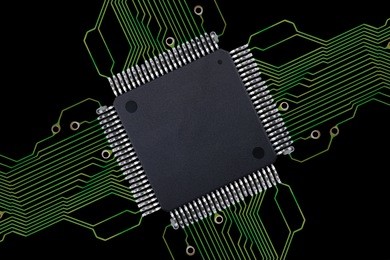
- Ball Grid Array (BGA)
BGA packaging replaces traditional pins with solder balls arranged in a grid on the underside of the IC. This design offers excellent thermal performance and is ideal for high-density applications like microprocessors and FPGAs.
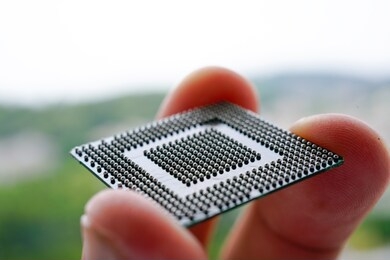
- Quad Flat No-Leads (QFN)
QFN packages are similar to QFP but lack external leads. Instead, the IC connects to the PCB through exposed pads on the bottom of the package. They’re renowned for their compact size and superior thermal performance.

These are just a few examples of the many IC packaging types available. Each type caters to specific requirements, from size constraints to thermal management. Choosing the right package depends on the intended application and the particular needs of your electronic design.
Whether you’re a seasoned electronics engineer or someone merely intrigued by the inner workings of your devices, understanding IC packaging is a fascinating journey into the world of electronics. It’s a reminder of the delicate and intricate ecosystems hidden within the gadgets we often take for granted.
I hope you’ve enjoyed this exploration of IC packaging, and if you have any questions or want more information about our IC chips or integrated circuit ships, don’t hesitate to get in touch.










